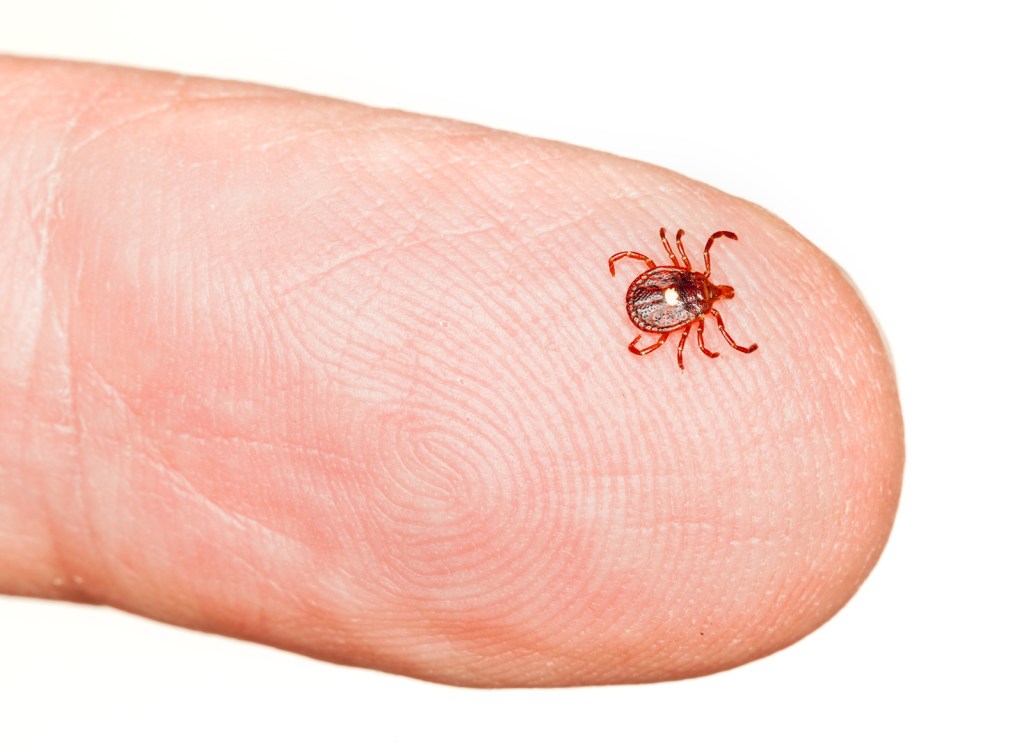You may have heard about alpha-gal syndrome also known as the meat allergy illness or tick bite meat allergy. In a recent report, the Centers for Disease Control and Prevention (CDC) says more than 110,000 suspected cases of alpha-gal syndrome were identified between 2010 and 2022. However, the CDC says that number may be much higher because people need to be tested for alpha-gal syndrome and there are many healthcare providers who may not be familiar with the emerging disease.
Alpha-gal syndrome can be a serious, potentially life-threatening allergic reaction. The American Gastroenterological Association added guidance earlier this year to medical professionals to watch for patients with undiagnosed abdominal pain, diarrhea, nausea and vomiting, especially those living in areas where alpha-gal is prevalent.
What is alpha-gal and how do you get it? Dr. Bobbi Pritt, director of the Clinical Parasitology Laboratory at Mayo Clinic, is a tick expert and has more in this Mayo Clinic Minute.
“Alpha-gal is a short abbreviation for galactose-alpha-1, 3-galactose. It’s a sugar moiety that is found on nonprimate mammalian meats,” says Dr. Pritt.
That includes meats like beef, pork, lamb and venison.
“People that have alpha-gal syndrome after getting a tick bite develop an allergy to meat, and, specifically, it’s all mammalian meat, except for primate meat,” says Dr. Pritt.
That means poultry, fish and seafood are excluded. The CDC has a list of food products that may contain alpha gal.
In the U.S., you can mostly blame the lone star tick, though other ticks have not been ruled out.
“The lone star tick is named as such because it has a white-yellow dot on its back on the female, which is said to look like a lone star,” says Dr. Pritt.
How the lone star tick transmits alpha gal infection
Symptoms may start two to four hours after consuming meat or meat products with alpha-gal sugars.
“Symptoms…
Read the full article here







